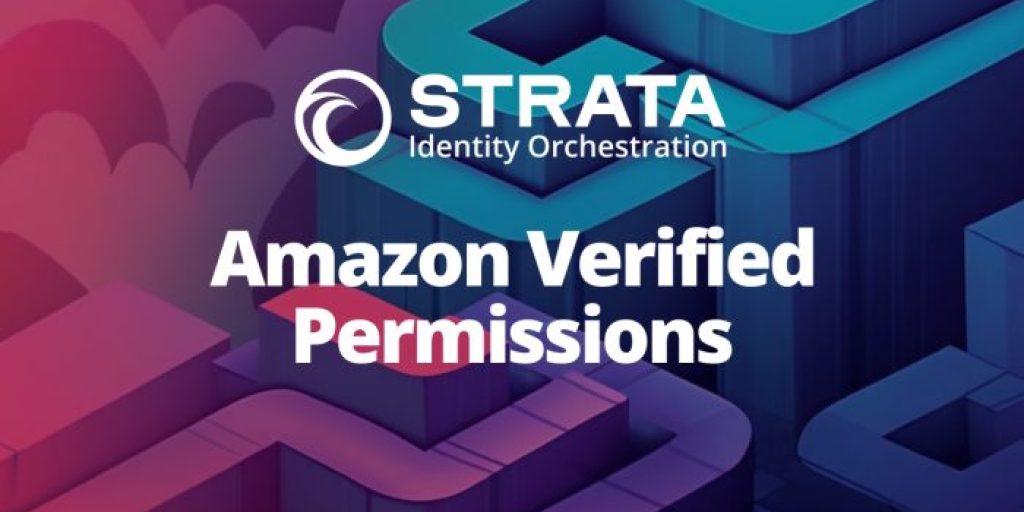Identity Orchestration: how to manage identity in multi-cloud

More and more organizations are modernizing their legacy identity systems and moving to the cloud. And their migrations aren’t deployed to a single cloud, either. A recent survey revealed that 66% of enterprise companies use three or more clouds. It’s pretty clear — centralizing is out; distributed, multi-cloud is in. This new world then begs the question: how do you manage identity in multi-cloud?
Organizations adopt a multi-cloud approach to maximize resilience, satisfy compliance requirements, and mix and match the best services from different cloud providers. But a multi-cloud strategy also creates new and significant challenges — especially when it comes to identity and access management (IAM) among multiple clouds.
The differences between multiple cloud providers mean you can have real and serious security and connectivity problems and functional difficulties managing workloads across several clouds. These are major issues that make it difficult to efficiently leverage multi-cloud deployments.
Let’s take a look at the IAM challenges of a multi-cloud approach and how Identity Orchestration can help ease the considerable obstacles in the way.
The challenge of multi-cloud identity silos
The concept of managing identity silos is nothing new, but with multi-cloud, it’s a different kind of challenge. With many public clouds available — including big names like Microsoft Azure AD, Google Cloud Platform, and Amazon Web Services — each cloud brings advantages and benefits; however, each cloud’s proprietary controls can introduce disadvantages.
Each cloud provider uses its own policies, tools, and code. Because there’s no common language between them, managing identities and access becomes more difficult with each cloud used.
As IAM becomes more complex, your cloud security becomes more tenuous. With an increased threat landscape, vulnerabilities are exposed. Managing identities, access, and governance consistently across multiple cloud environments — robustly and with minimal manual effort — becomes paramount.
Identity fabric orchestrates identity silos across cloud platforms
A critical part of adopting a multi-cloud strategy is managing the new identity silos that come with each cloud. A distributed identity solution equips you to manage identities and policies across multiple clouds consistently. This new distributed model is called Identity Orchestration.
Identity Orchestration is an approach that respects the individual platforms you’re managing, whether that’s a cloud provider like AzureAD or AWS or whether a SaaS application. With identity orchestration, you can define rules or policies for access and authentication centrally, then convert them and distribute them to individual apps or systems.
Identity orchestration is built on an identity fabric – a framework designed to let you consistently manage identity and access for apps running on multiple clouds. It allows you to integrate silos of identity across different cloud platforms and on-premise systems to enforce consistent policies across multiple cloud platforms. This way, you can manage all of the various silos as a single entity rather than individually.
The Maverics Identity Orchestration Platform manages identity systems across multiple clouds, on-premises, and as a hybrid of the two. It breaks vendor lock-in by decoupling apps from identity systems so you can easily move across clouds and identity providers. This new approach helps you manage a hybrid cloud strategy and a multi-cloud strategy that scales.
Let’s look at a few examples of Identity Orchestration in action.
Migrating your systems
During migration to the cloud, you need to move the application from a data center to a cloud platform. You also need to move the users associated with that application from your on-premise directory or database to your cloud environment.
Identity orchestration enables enterprises to seamlessly migrate user entries from an on-premises directory to a cloud-based IdP or move the applications from one cloud platform to another cloud platform. There’s no heavy lifting, no rewriting the application, and virtually no impact on the end users.
Related reading: How to modernize identity & migrate apps to the cloud
Managing authentication policies
Once applications have been migrated to the cloud, you need to consider how to manage an authentication policy consistently across those cloud platforms. For example, you may have customer data (or other sensitive information), as well as requirements that any user accessing sensitive data must use multifactor authentication.
That policy can be defined within the Identity Fabric. The fabric then translates this policy requirement into the format that each cloud requires. Any time the sensitive data type is accessed, you can consistently enforce a consistent multi-factor authentication policy across all environments.
Hybrid identity solutions
The identity fabric can extend across different clouds, but it can also work with on-premise applications. If you have applications that you can’t yet migrate or don’t want to migrate, you can map the identity fabric to your on-premise application situations as well. This hybrid cloud solution makes it easy to migrate your applications to the cloud over an extended period, if necessary — or to utilize the best of the cloud and the best of on-premise storage.
The use of multi-cloud is only increasing, but it comes with increased complexities and security concerns, especially in identity and access management. But distributed solutions like Strata’s identity Orchestration platform relieve your IT personnel of the stress and overwhelming challenges of managing multi-cloud identity.
As you migrate your legacy applications and systems to a multi-cloud environment, ensure you can consistently manage identity and access for all of your apps running on multiple clouds. Discover how Strata’s Maverics Identity Orchestration can simplify IAM for your team.





